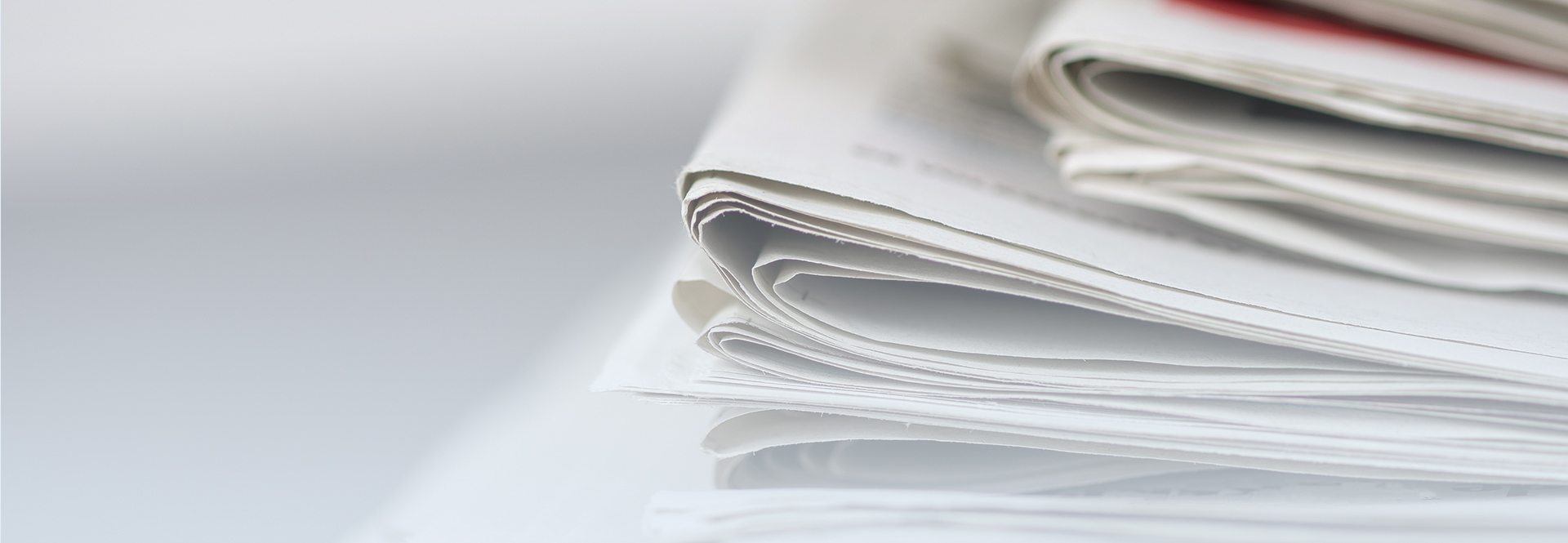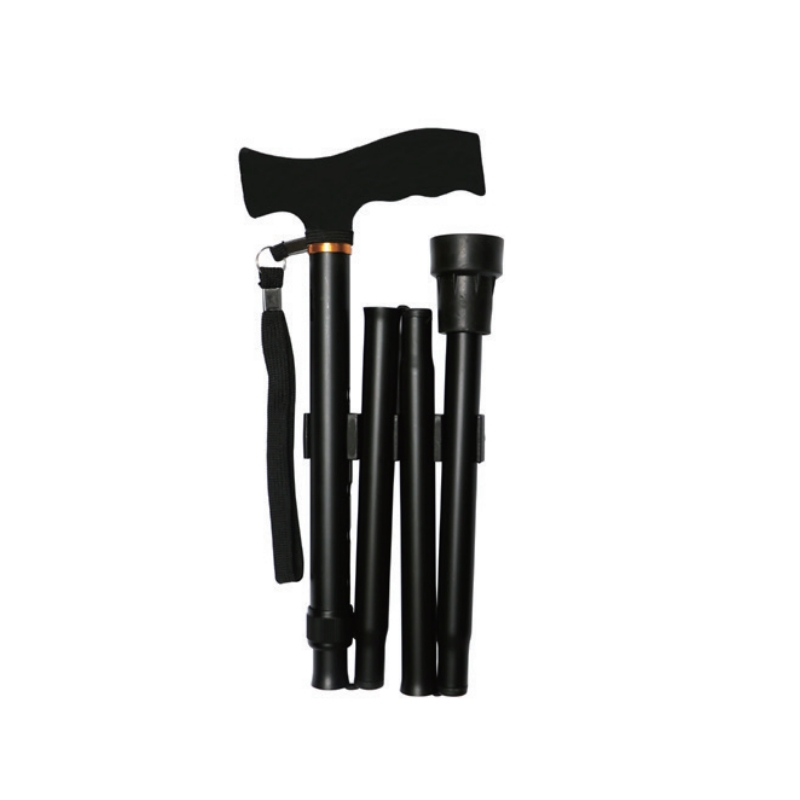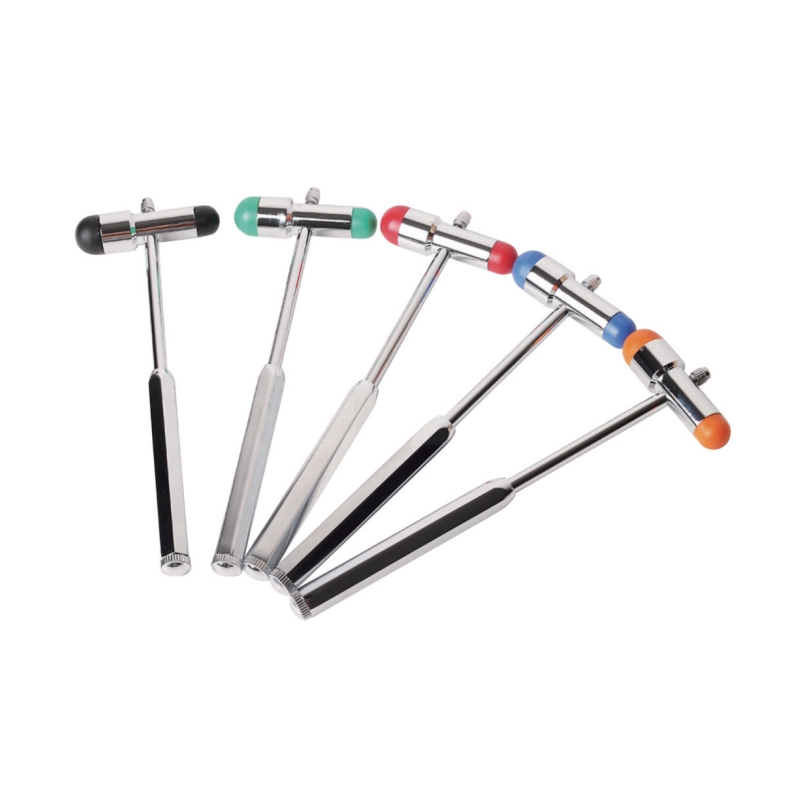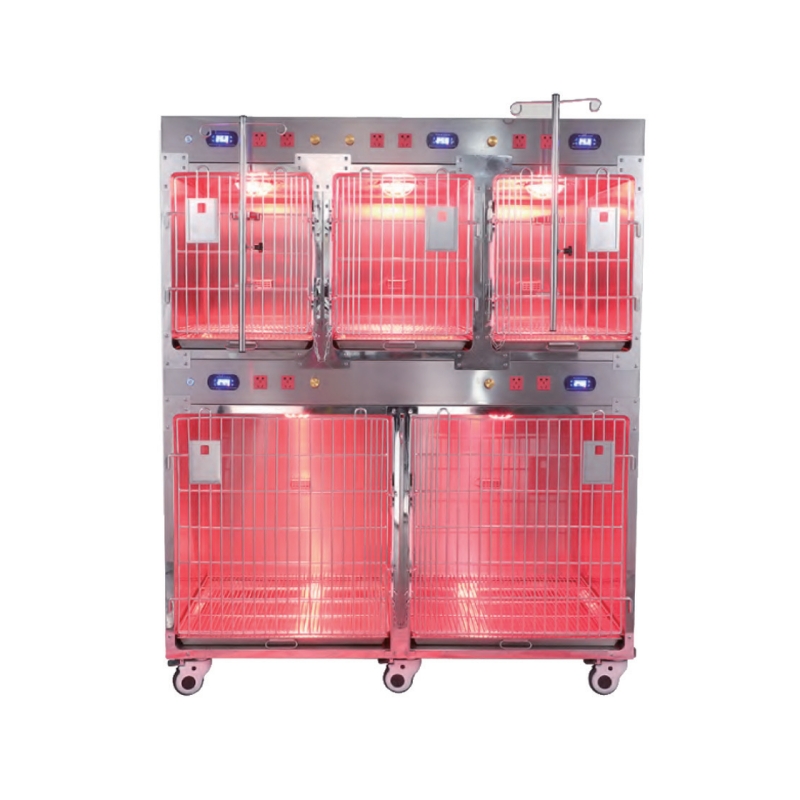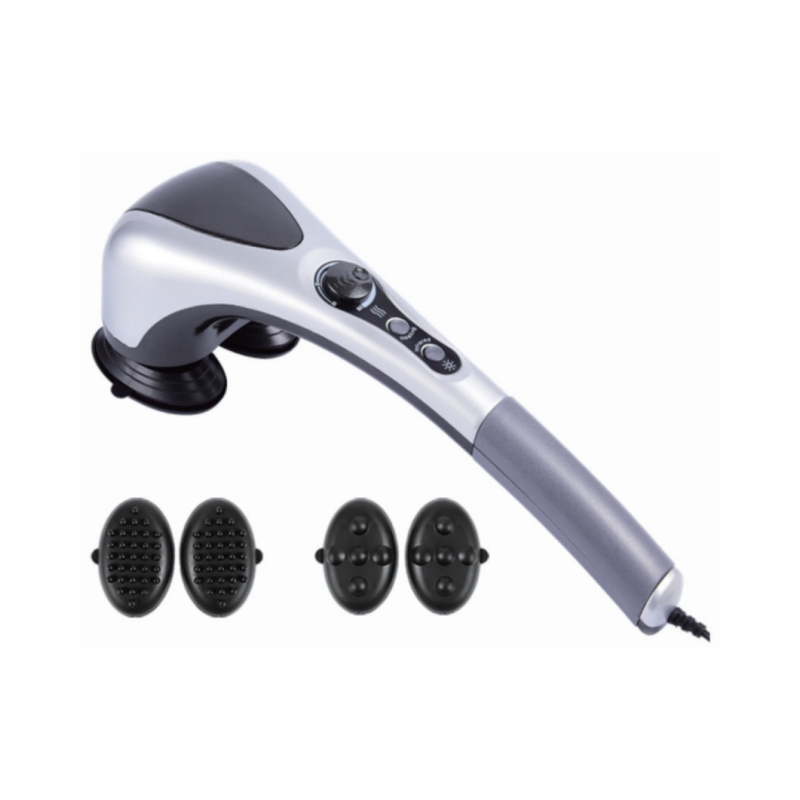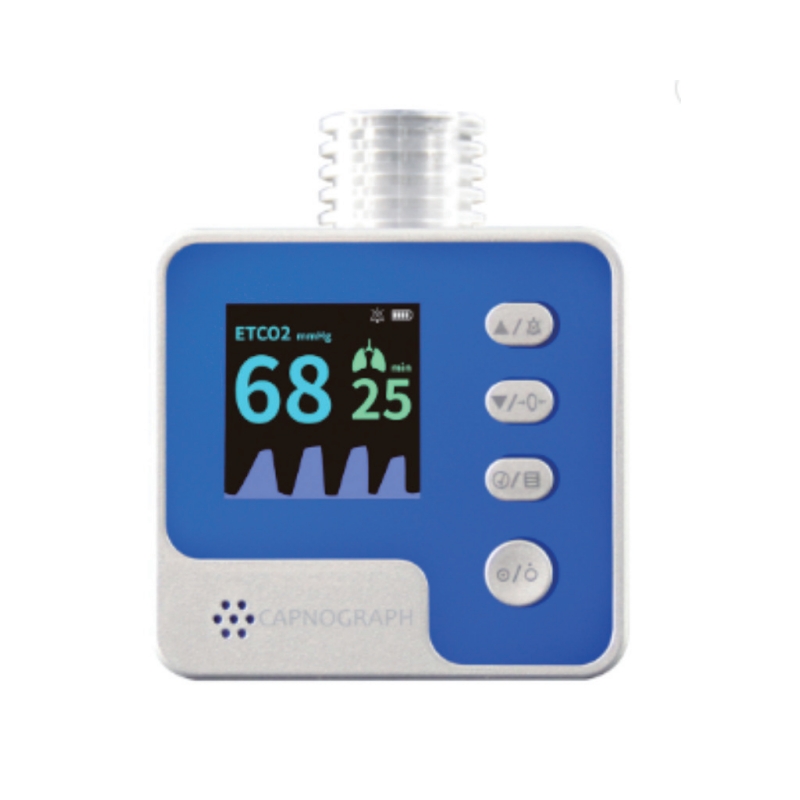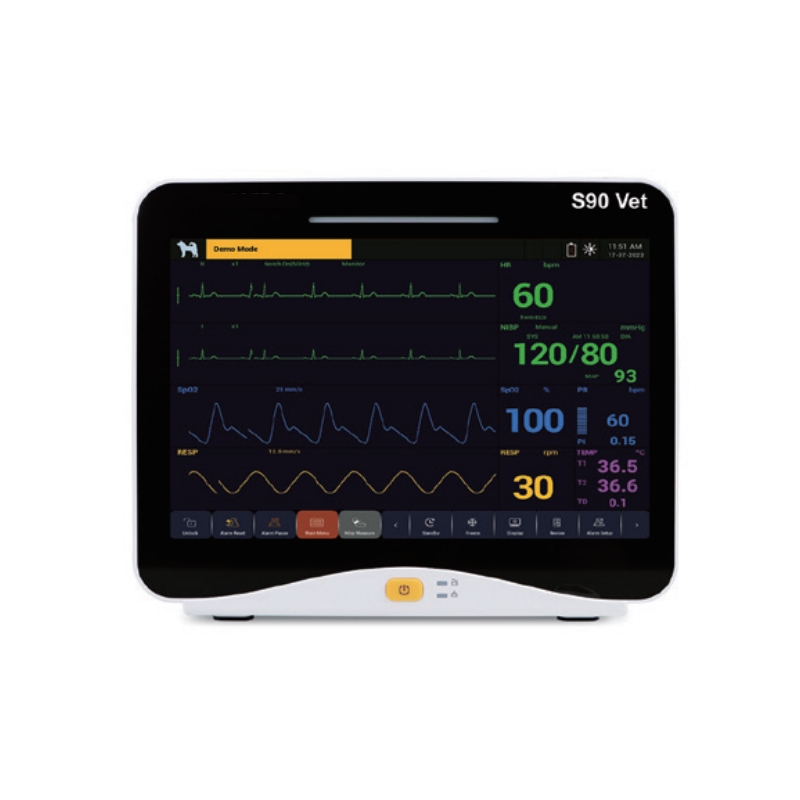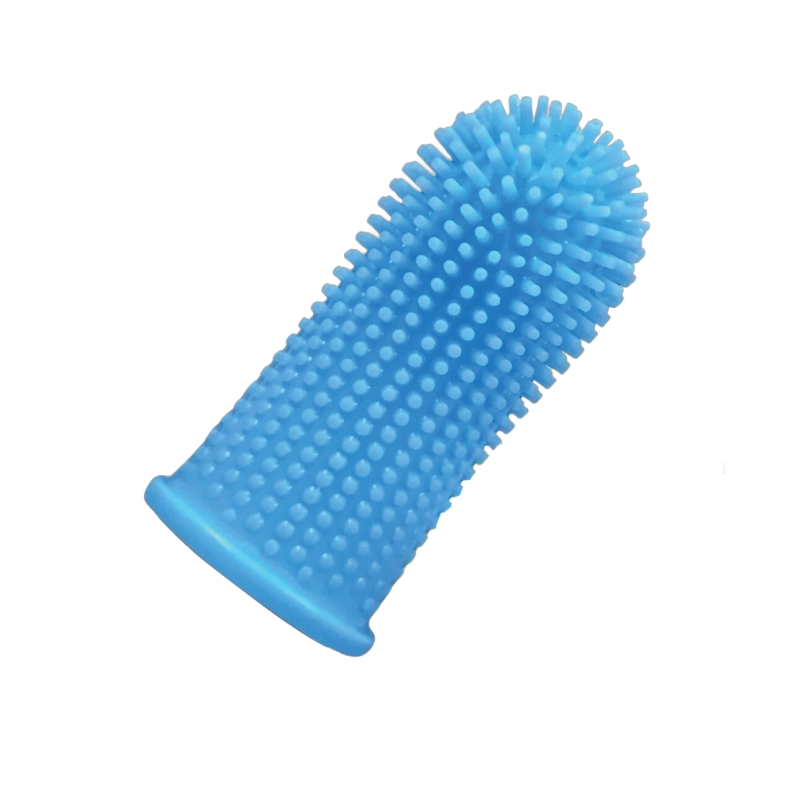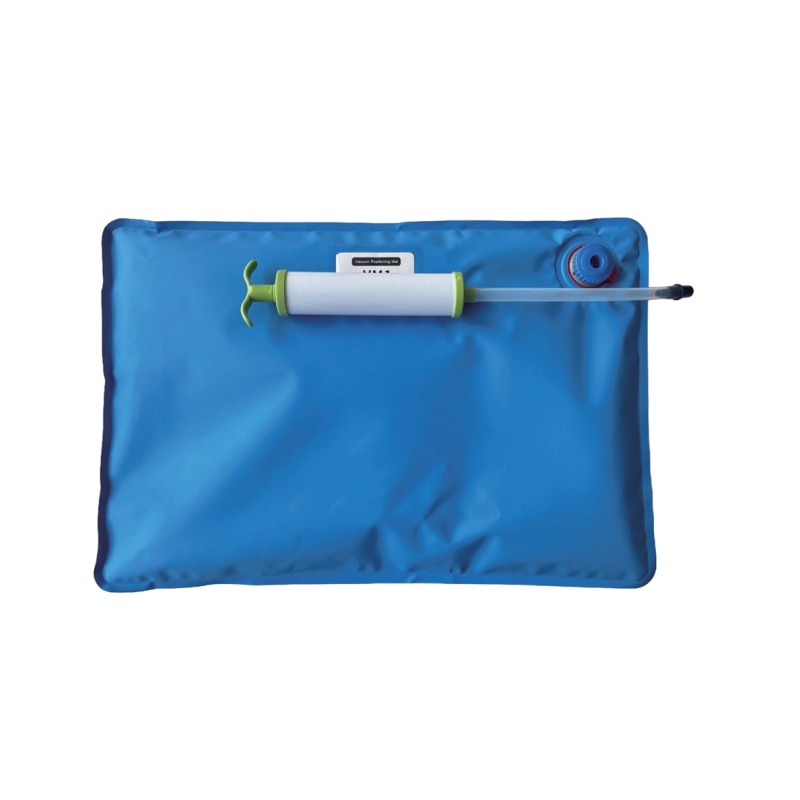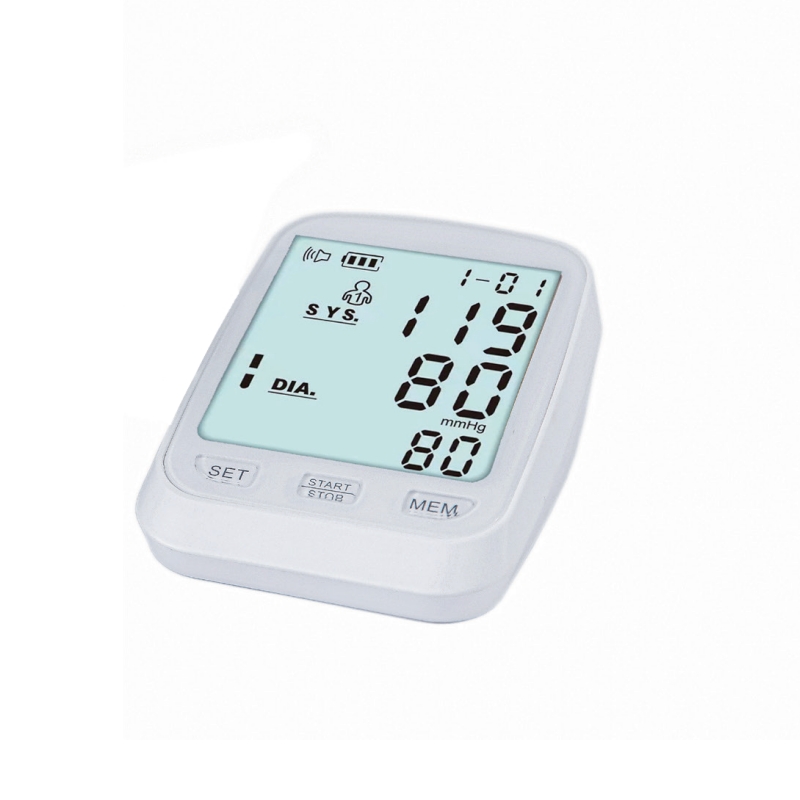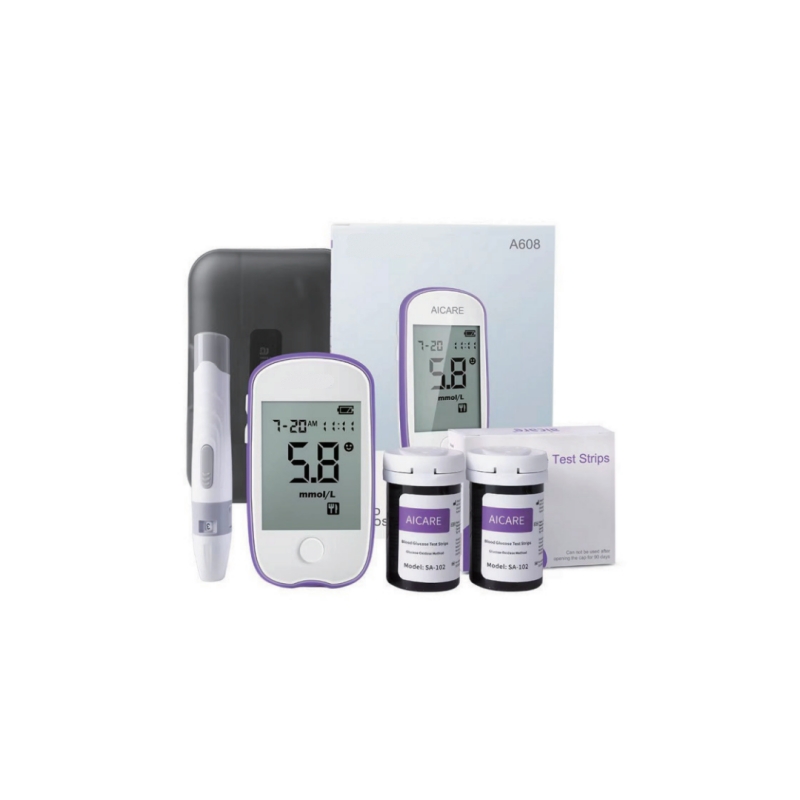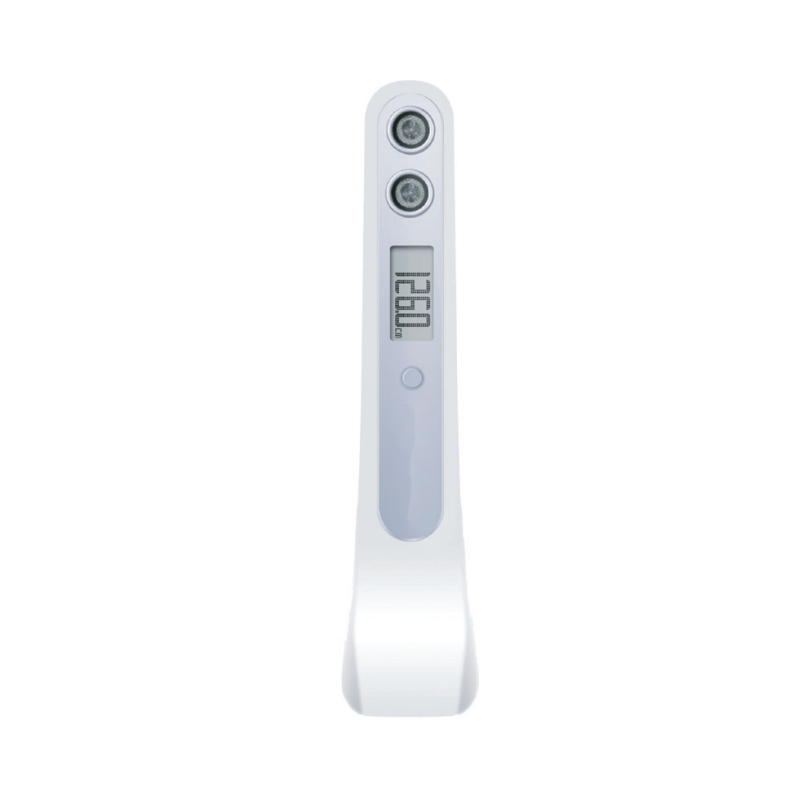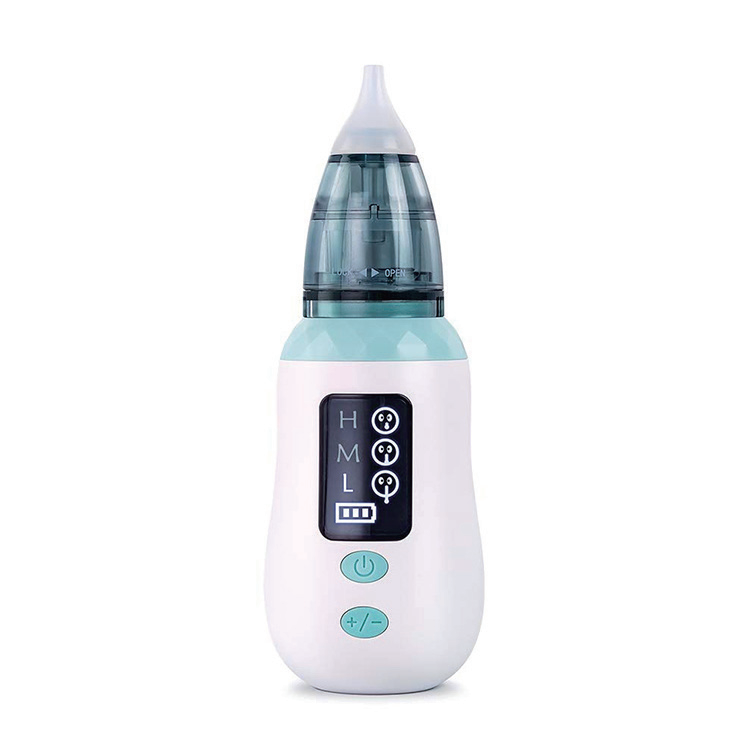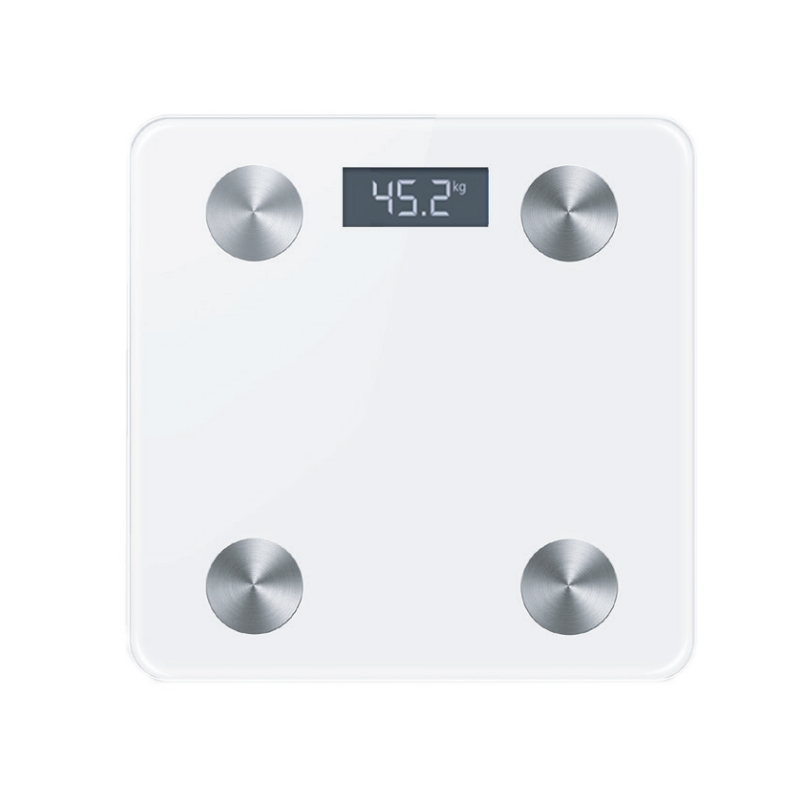Obstructive and central sleep apnea differences and treatment options
Obstructive and central sleep apnea differences and treatment options
Sleep apnea is a common sleep disorder characterized by recurrent interruptions in breathing and the cessation of airflow during sleep, often negatively impacting sleep quality and overall quality of life. Sleep apnea is divided into two primary types: obstructive sleep apnea (OSA) and central sleep apnea (CSA). In this article, we will explore the differences between obstructive and central sleep apnea and delve into the treatment options for each.
Obstructive Sleep Apnea (OSA)
OSA occurs when the airway becomes blocked during sleep. Soft tissues at the back of the throat or the tongue relax and move backward, causing the airway to narrow or completely close. In such cases, efforts to breathe cannot reopen the airway, resulting in pauses in breathing during sleep. OSA is often associated with snoring and is linked to risk factors such as obesity.
Central Sleep Apnea (CSA)
CSA arises when there is a problem with the control of breathing in the brain during sleep. The brain fails to send adequate signals to the respiratory muscles, causing a cessation of breathing. CSA leads to respiratory pauses without any physical obstruction of the airway. Underlying causes of CSA may include neurological disorders, heart failure, and the use of certain medications.
Differences and Diagnosis
OSA and CSA are distinct subtypes of sleep apnea with different underlying causes. OSA results from physical blockage of the airway, whereas CSA occurs due to a lack of proper respiratory control signals from the brain. Diagnosis of sleep apnea involves monitoring respiratory activity during sleep using polysomnography and assessing oxygen levels during sleep using oximetry.
Treatment Options
Treatment of Obstructive Sleep Apnea (OSA):
– CPAP (Continuous Positive Airway Pressure): This is the most commonly used treatment method. It involves wearing a mask that delivers gently pressurized air to keep the airway open.
– BiPAP (Bilevel Positive Airway Pressure): It operates with two different pressure levels to support breathing during both inhalation and exhalation.
– Tongue Retention Devices: These devices are worn in the mouth to prevent the tongue from sliding backward.
Treatment of Central Sleep Apnea (CSA):
– CPAP or BiPAP: In some cases of CSA, these devices may be used, especially when there is airway obstruction present.
– Adaptive Servo-Ventilation (ASV): This specialized device monitors respiratory activity and provides appropriate respiratory support.
– Targeted Therapies: Addressing the underlying causes of CSA may be necessary, such as heart failure management or medication review.
Conclusion
Sleep apnea is categorized into obstructive and central types, each with distinct underlying causes. Diagnosis and treatment should be tailored to the specific type of sleep apnea. With the guidance of a healthcare provider, sleep apnea can be managed, significantly improving the patient’s quality of life.
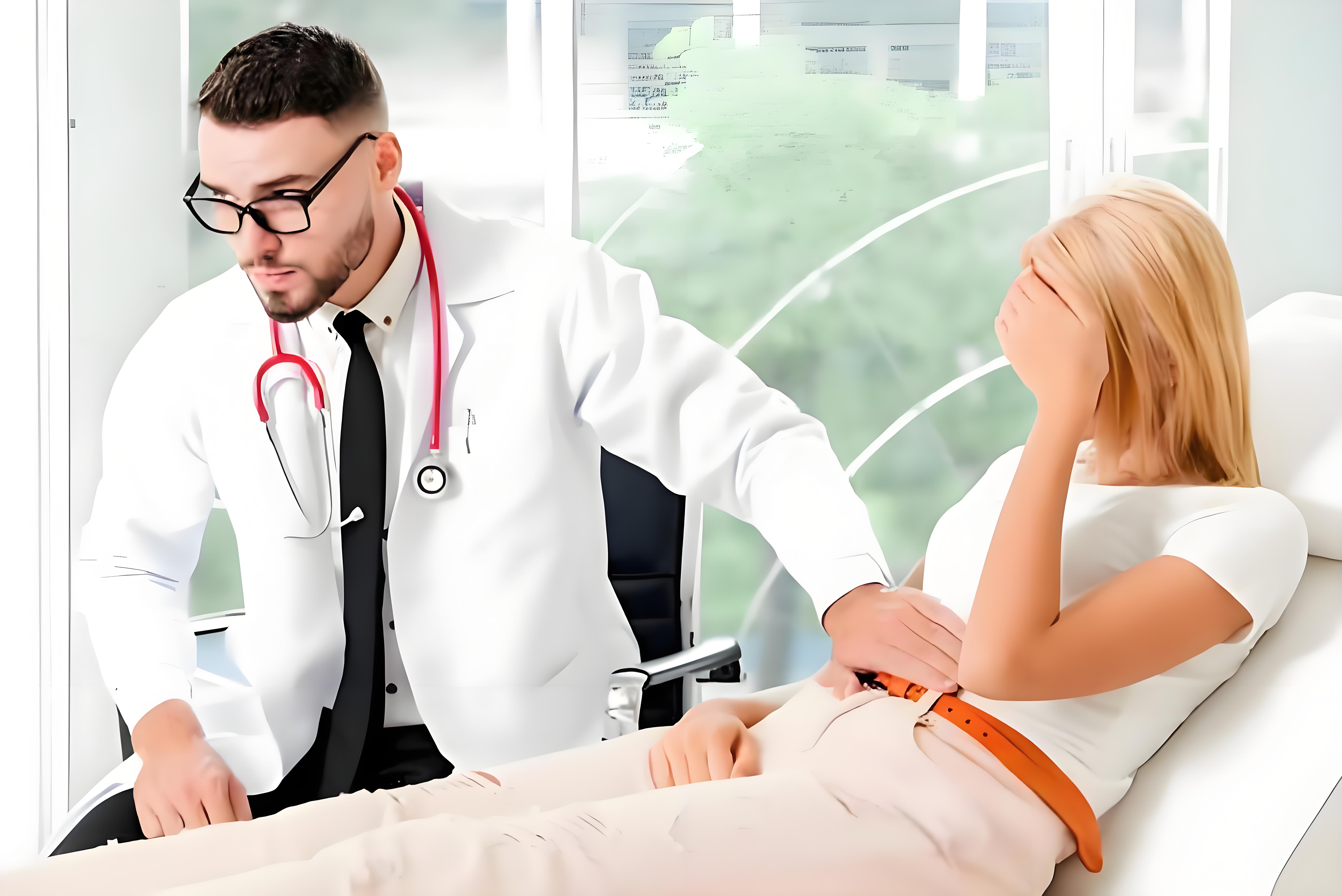

 English
English Spanish
Spanish Turkish
Turkish